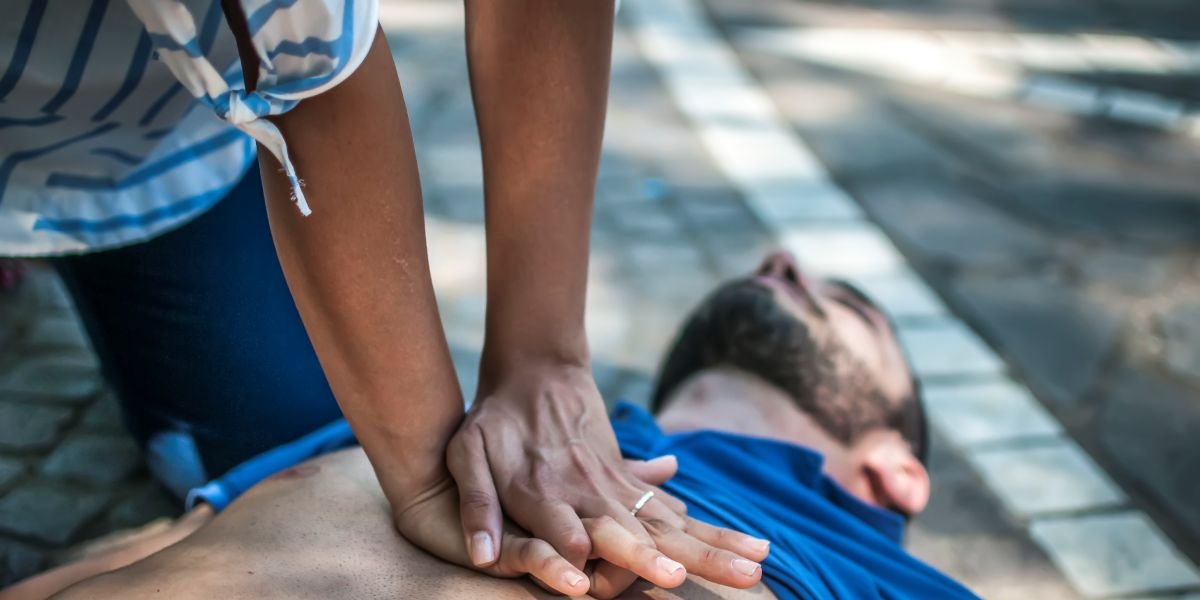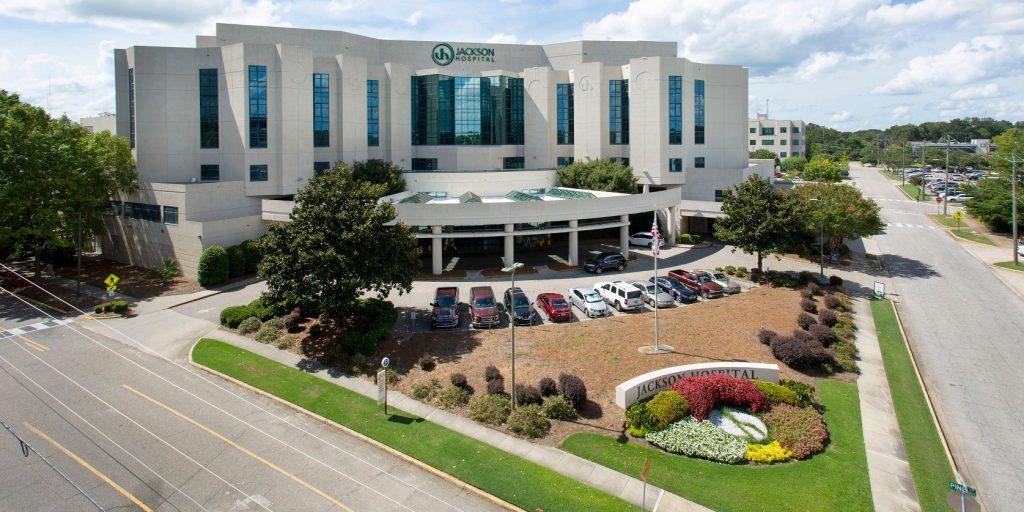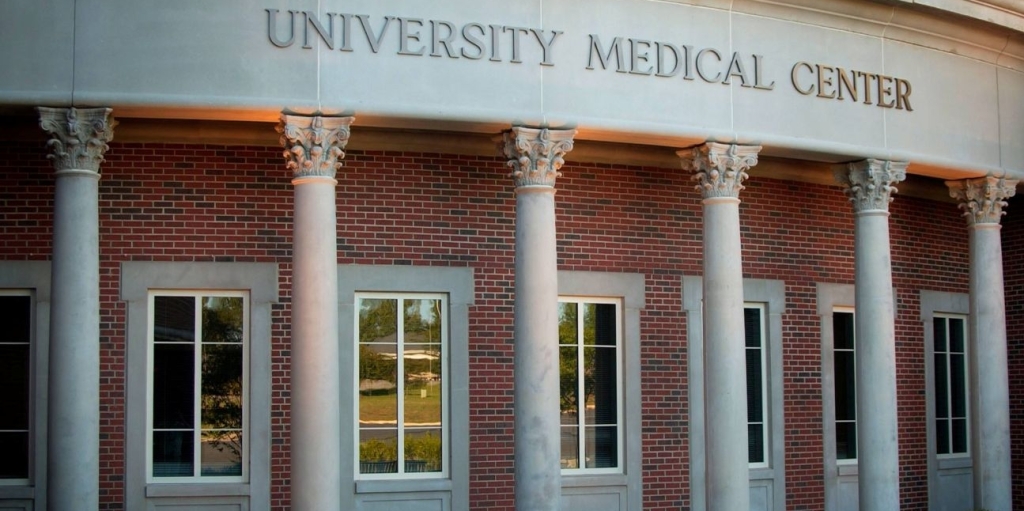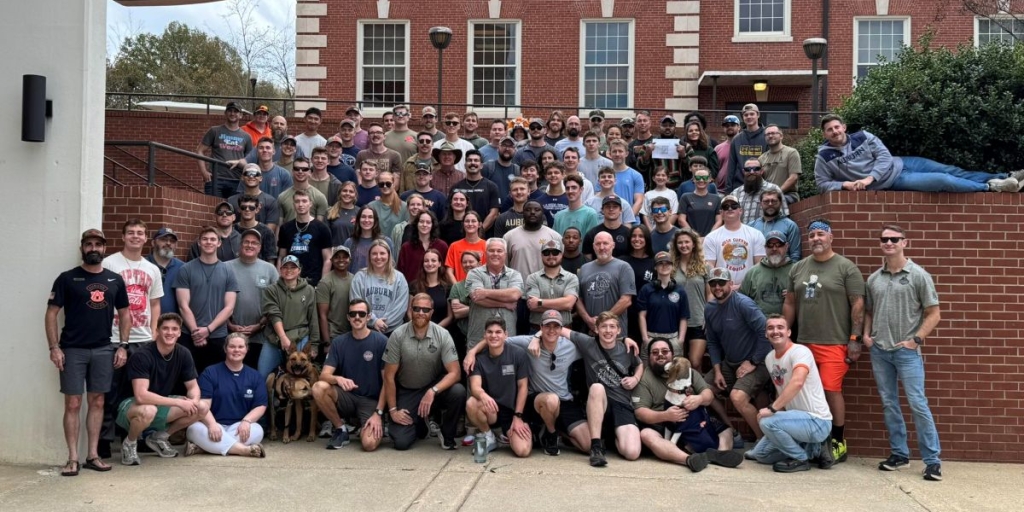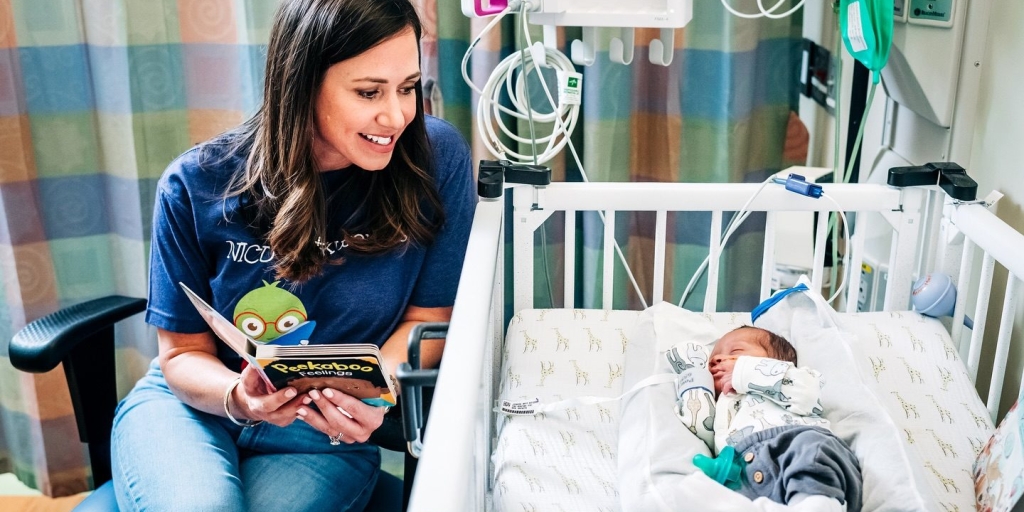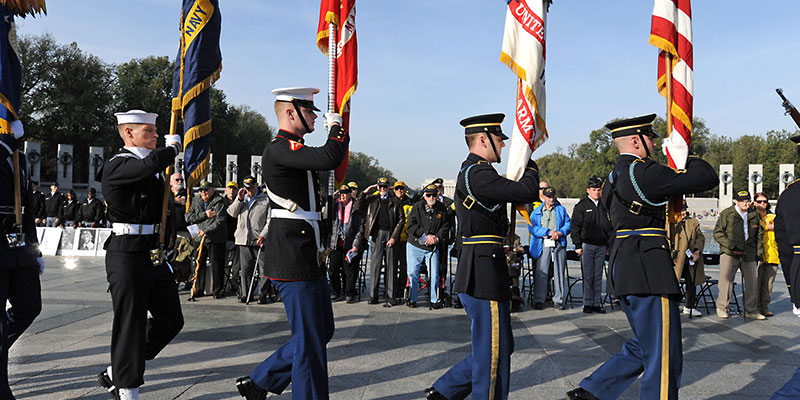As Alabama continues to face one of the lowest cardiac arrest survival rates in the country, community leaders in Birmingham and Huntsville are stepping up efforts to train more residents in lifesaving CPR techniques.
According to the American Heart Association, only three percent of people who suffer cardiac arrest outside of a hospital survive in Alabama, compared to a 10 percent national average. The statistic underscores a critical need for better public awareness and training statewide, said MaryClaire McCarthy with the AHA, who noted that “training the Huntsville community in CPR is a way we’re trying to combat that statistic”, according to WAFF.
McCarthy added that more than 350,000 Americans die each year from cardiac arrest, with 70 percent of incidents occurring at home—often before emergency responders can arrive. “We try to have at least one person trained in every household,” she said. “In reality, we need two trained in CPR in every single household. That’s the difference between saving someone’s life, and it’s an extremely important cause to get involved with”.
The AHA stated that in Birmingham, where bystander CPR response rates are only about 16 percent compared to 48 percent nationally, the organization has launched a Sudden Cardiac Arrest Task Force to strengthen community readiness and improve survival rates.
Led by Dr. Ryan Coute, assistant professor of emergency medicine at the University of Alabama at Birmingham, the task force is using the city as a demonstration zone to model strategies that can later expand across the state. “This means that if a person were to collapse in a public space, such as a restaurant or park, only about 16 out of 100 would receive CPR,” Coute explained. “Of those, only three out of 100 would survive the event, which is three times below the national average” (AHA article.docx).
The task force builds upon the AHA’s nationwide “Nation of Lifesavers” movement and includes leaders from healthcare, emergency services, faith-based organizations, and local government. Lizzi Willicott, executive director of the AHA, praised the collaboration: “Big problems require bold solutions, and we are confident that this Task Force will help transform Birmingham from a community of bystanders into a community of lifesavers”.
While Birmingham and Huntsville are at the forefront, AHA officials hope these local efforts will ripple outward to communities across Alabama. From city fire departments to local churches and schools, more organizations are joining the call for CPR awareness, training sessions, and access to automated external defibrillators (AEDs).
With survival rates far below national levels, health advocates say expanding CPR education could mean the difference between life and death for countless Alabamians.
For more information on the Nation of Lifesavers initiative, visit heart.org/nation.
Sherri Blevins is a staff writer for Yellowhammer News. You may contact her at [email protected]




